DjangoBooks.com
Welcome to our Community!
Categories
- 20K All Categories
- 1.1K General
- 476 Welcome
- 59 Archtop Eddy's Corner
- 146 CD, DVD, and Concert Reviews
- 384 FAQ
- 26 Gypsy Jazz Italia
- 26 Photos
- 202 Gypsy Picking
- 21 Unaccompanied Django
- 15 Pearl Django Play-Along Vol.1
- 17 Gypsy Fire
- 45 Gypsy Rhythm
- 1.4K Gypsy Jazz University - Get Educated
- 130 Gypsy Jazz 101
- 224 Repertoire
- 218 History
- 707 Technique
- 51 Licks and Patterns
- 6 Daniel Givone Manouche Guitare Method Users Group
- 20 Eddie Lang Club
- 1.3K Gypsy Jazz Gear
- 801 Guitars, Strings, Picks, Amps, Pickups and Other Accessories
- 457 Classifieds
- 49 Recording
- 62 Other Instruments
- 18 Violin
- 5 Mandolin
- 22 Accordion
- 7 Bass
- 10 Woodwinds
- 346 Gypsy Jazz Events
- 142 North America
- 109 Europe
- 95 International
In this Discussion
Gitane 310 Lulo Reinhardt - refinished
 Jangle_Jamie
Scottish HighlandsNew De Rijk, some Gitanes and quite a few others
Jangle_Jamie
Scottish HighlandsNew De Rijk, some Gitanes and quite a few others
Hello folks, I've taken the very thick layer of lacquer off the top of my Gitane 310 and refinished it with a water-based shellac. I've done this to a few factory-made Gitanes and other guitars, and this had the thickest layer of lacquer of them all. Finished with a Killy Nonis tailpiece and restrung today. The guitar is instantly more responsive, resonant and just plain louder than it was. I'll let the guitar settle down a bit before tweaking the setup, but initial impressions are great. I recommend doing this modification to this sort of guitar if you feel happy wielding an orbital sander!
I also polished the frets and gave a gentle chamfer to the edges of the fingerboard/frets. The moustachios will go on later. The bridge seems a little over-compensated on the high E. A Robert Ford bridge is ready for action!
The lovely spruce top is very thin and has a nice cross-grain pattern - is this a bear claw? I hadn't noticed it before through the lacquer.

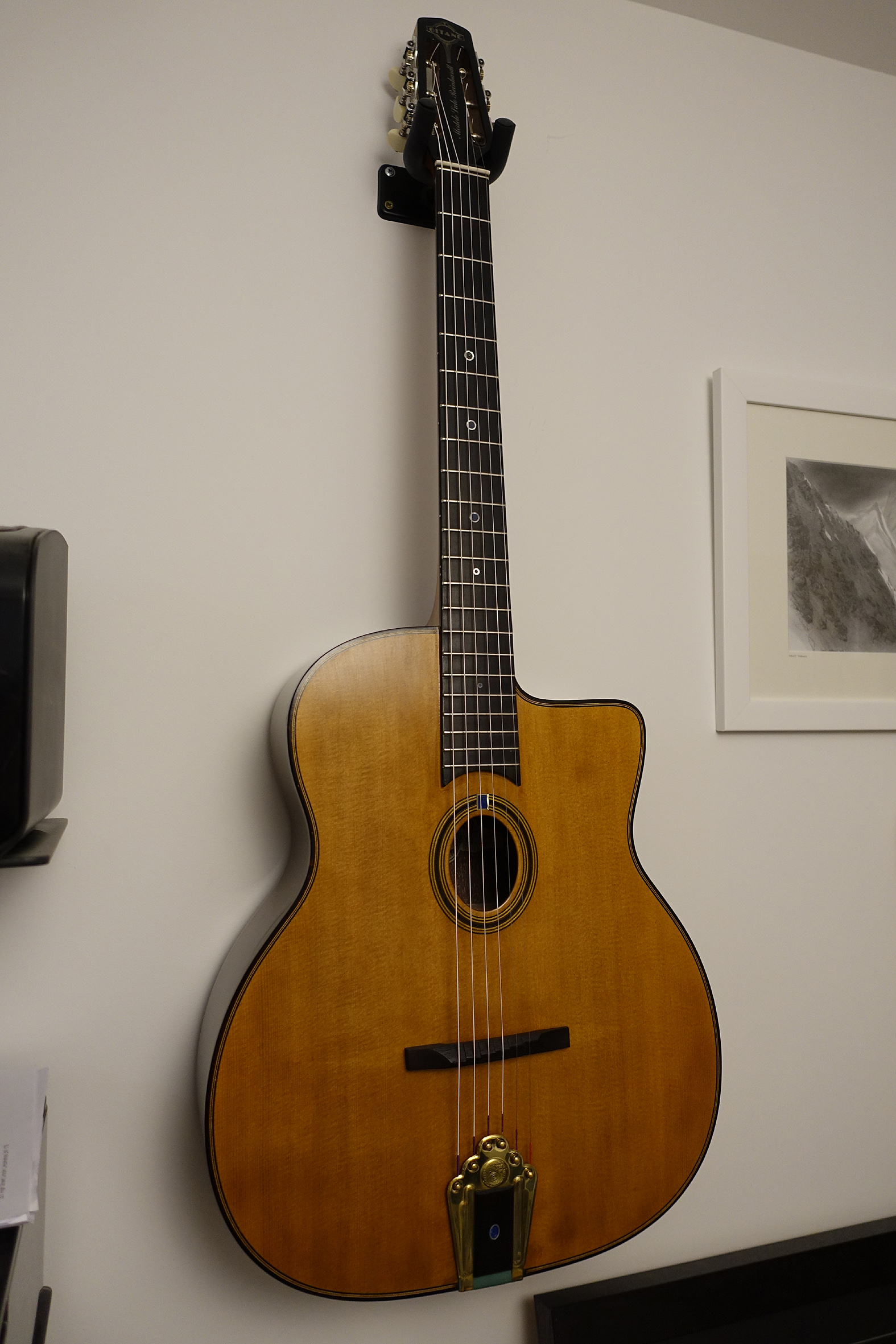
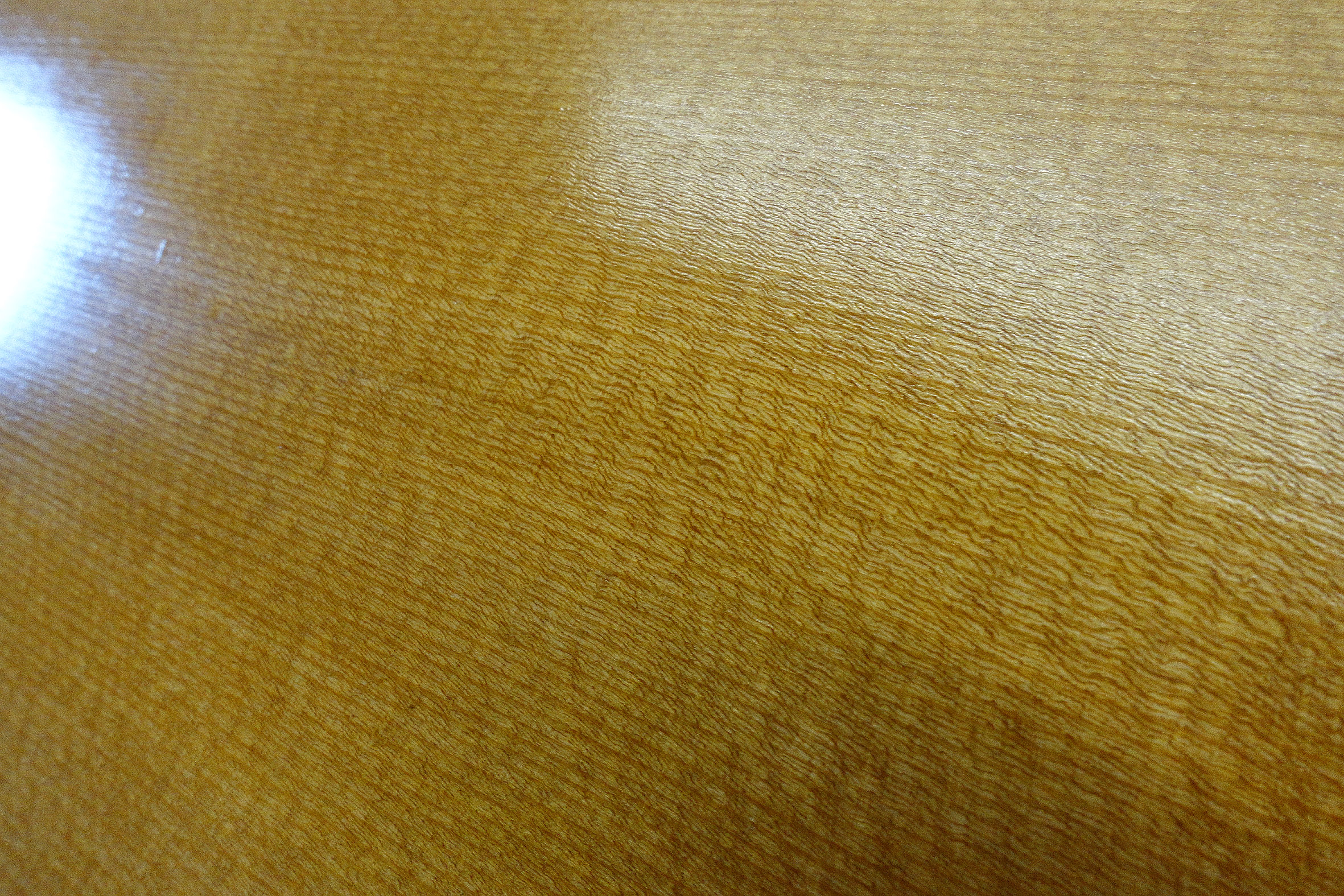
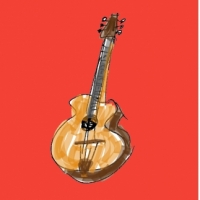

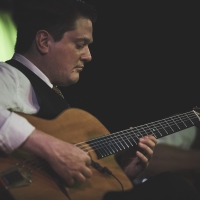
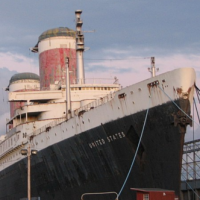
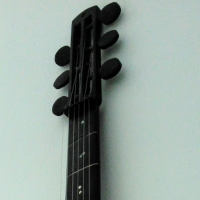









Comments
Nice job! Looks cool and a lighter finish definitely helps.
The top possibility does have some light bearclaw. In your second picture it looks like we’re seeing medullary rays which is a sign of nice wood well quartersawn.
Looks beautiful. Nothing beats the look of guitar wood with light finish and a natural color.
I think a guitar with poly is a lot more stable when it comes to weather and humidity changes and not as easily dinged. So it's probably just a good safeguard for factories and even small luthiers to avoid warranty claims, repair work, bad reviews etc... I stripped and refinished my guitar with Tru Oil and now I can see it moves a lot more with weather changes and reacts easier with changes in humidity. The sound really opened up though to me it was well worth it. Did it all by hand, took a while.
Thanks. The last two guitars I've refinished, I used a water-based wood dye (just to take the edge off the bright white spruce) and water-based shellac. Up until then it had always been oil-based products. This has got be wondering what actually happens to wood when it gets wet? I know the grain stands out and it needs light sanding again to get it smooth. Could this change affect/improve the tonal properties of the top?